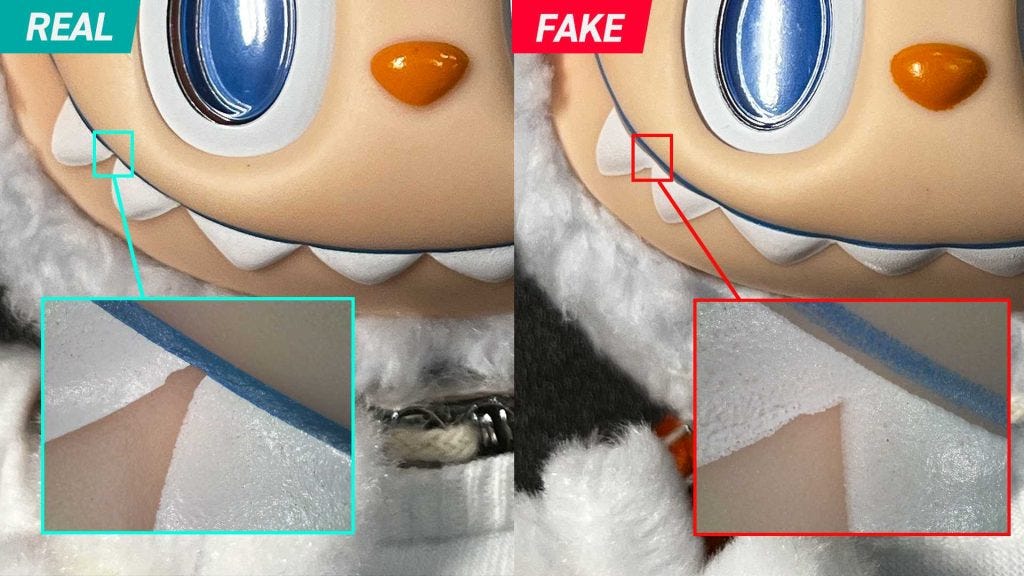Culture Used to Keep Us Alive
What we call “vibes” today are the sedatives left after centuries of cutting survival out of culture
Mark Fisher once described our culture as narcotic. Not pleasurable—anesthetic. He called it “depressive hedonia”: the compulsion to keep scrolling, consuming, circulating even when nothing satisfies. It was a sharp diagnosis of the mood, but it began mid-symptom. The deeper wound is much older: the deliberate amputation of culture’s role in our survival.
For most of human history, culture wasn’t ornamental. It was infrastructural. Medieval guilds pooled dues to cover injury, funerals, and widows’ pensions—while the same pot funded communal feasts. On the Pacific Northwest coast, potlatches redistributed food and blankets to guarantee no one went hungry. Islamic waqf endowments sustained hospitals and schools. West African esusu clubs let households rotate pooled resources to weather illness or crop failure. Harvest festivals bound joy to survival by redistributing surplus grain. None of it was extracurricular. Rituals pooled risk; celebrations doubled as insurance.
That organ was cut out. Enclosure fenced off commons and pried people from subsistence into waged dependence. Colonizers banned potlatches and suppressed esusu. States outlawed feast days as “idleness,” absorbed endowments into bureaucracy, and hollowed guilds into ceremonial shells. What remained looked like culture—parades, calendars, performances—but the teeth were gone. Expression endured; protection did not.
This is the hollow Fisher was tracing. Once culture lost its buffering function, it mutated into mood management. Unable to redistribute risk, it numbed the pain. Hustle culture became a stimulant, reframing exhaustion as progress. Grind irony worked like an opioid, turning futility into jokes. The “soft life” sold sedation as lifestyle. Goblin mode packaged dissociation as quirky identity. The pharmacy kept expanding because the pain kept compounding.
Platforms perfected the delivery. Algorithms reward circulation, not resolution. A meme about burnout moves faster than a strike fund. A soft-life aesthetic outpaces a union drive. Crisis becomes content. Style is legible to ranking models; redistribution is not. What once stabilized life now metabolizes pain before it can harden into politics.
Permanent anesthesia has costs. Anger that might become a demand gets flattened into a meme. Burnout that could spark solidarity is rebranded as a vibe. Injury that should escalate into grievance is downgraded into mood. The core-ifying churn of aesthetics—from girlboss to goblin—keeps precarity processed as novelty, ensuring nothing ever settles long enough to be contested.
Relief is real; coping matters. But vibes aren’t buffers.
Platforms didn’t just accelerate the mutation—they sealed it. If enclosure amputated culture’s survival organ, platforms cauterized the wound. They filter for what anesthetizes and bury what redistributes. The things that travel farthest metabolize pain into style, because style repeats; repair concludes. Engagement metrics reward what can be consumed forever.
Mutual aid ends when the rent is paid. A meme never ends.
This is where “resilience” does its dirtiest work. It markets endurance as virtue while sanctifying dispossession. Resilience, in practice, is evidence of displacement: individuals absorbing risks institutions refuse to carry. The more we celebrate it, the more we normalize exporting turbulence into households and clapping when they don’t break.
Mutilated culture also erases its own history. Festivals stripped of redistribution get reframed as frivolity. Potlatches and rotating funds are recast as quaint. Collective grain stores disappear from memory, replaced by coping aesthetics on feeds. The past is recoded as stagnation so markets can be sold as progress. Fisher’s narcosis sits atop that amnesia: a numb surface over a wound we’re taught not to see.
🟢 Optimistic Hustle Memes (stimulant)
“Rise and grind” memes / Sigma grindset reels – reframing exhaustion as ambition.
Bullet journal / StudyTok content – productivity aesthetic as coping mechanism.
AI side hustle memes – treating overwork as opportunity.
🔴 Despair Hustle Memes (opioid)
Wage slave Wojaks – tragicomic acceptance of endless grind.
“We working 2 jobs just to survive” memes – despair repackaged as flex.
Finance Wojak charts / stonks irony – numbing futility through gallows humor.
🔵 Optimistic Retreat Memes (sedative)
Soft life / clean girl TikToks – scarcity reframed as “aesthetic choice.”
Cottagecore moodboards – withdrawal presented as curated lifestyle.
Lazy girl jobs – precarious retreat repackaged as empowerment.
🟡 Despair Retreat Memes (dissociative)
Goblin mode – collapse stylized as quirky identity.
Bare Minimum Mondays – exhaustion turned into a meme genre.
Collapse-core TikToks – nihilism dressed up as relatability.
This is not a call to sneer at humor, rest, or relief. Painkillers matter, after all 💊
Our refusal here is aimed at the mutilation—the centuries-long cut that left culture with only its sedative organ intact and designed our media systems to keep it that way. The problem isn’t an individual reaching for anesthesia; it’s a political economy that amputated buffers and now rewards only affective circulation.
No One Takes Me Seriously!
It’s a feeling that can curdle your confidence. You share an idea in a meeting, and it’s met with silence, only for someone else to repeat it five minutes later to praise. You express a concern to a partner, and you’re told you’re “overreacting.” You try to set a boundary, and you’re laughed off.
So the test is simple: does a cultural form redistribute risk, or just circulate affect? Does it guarantee survival, or only soothe symptoms? If it redistributes, it’s a buffer. If it only circulates, it’s an anesthetic.
Fisher was right about the narcotic mood. But symptoms have histories. What feels like cultural narcosis today is the afterimage of a centuries-long amputation. Memes and moods may get us through the day. Only buffers can guarantee there will be a day to endure.




